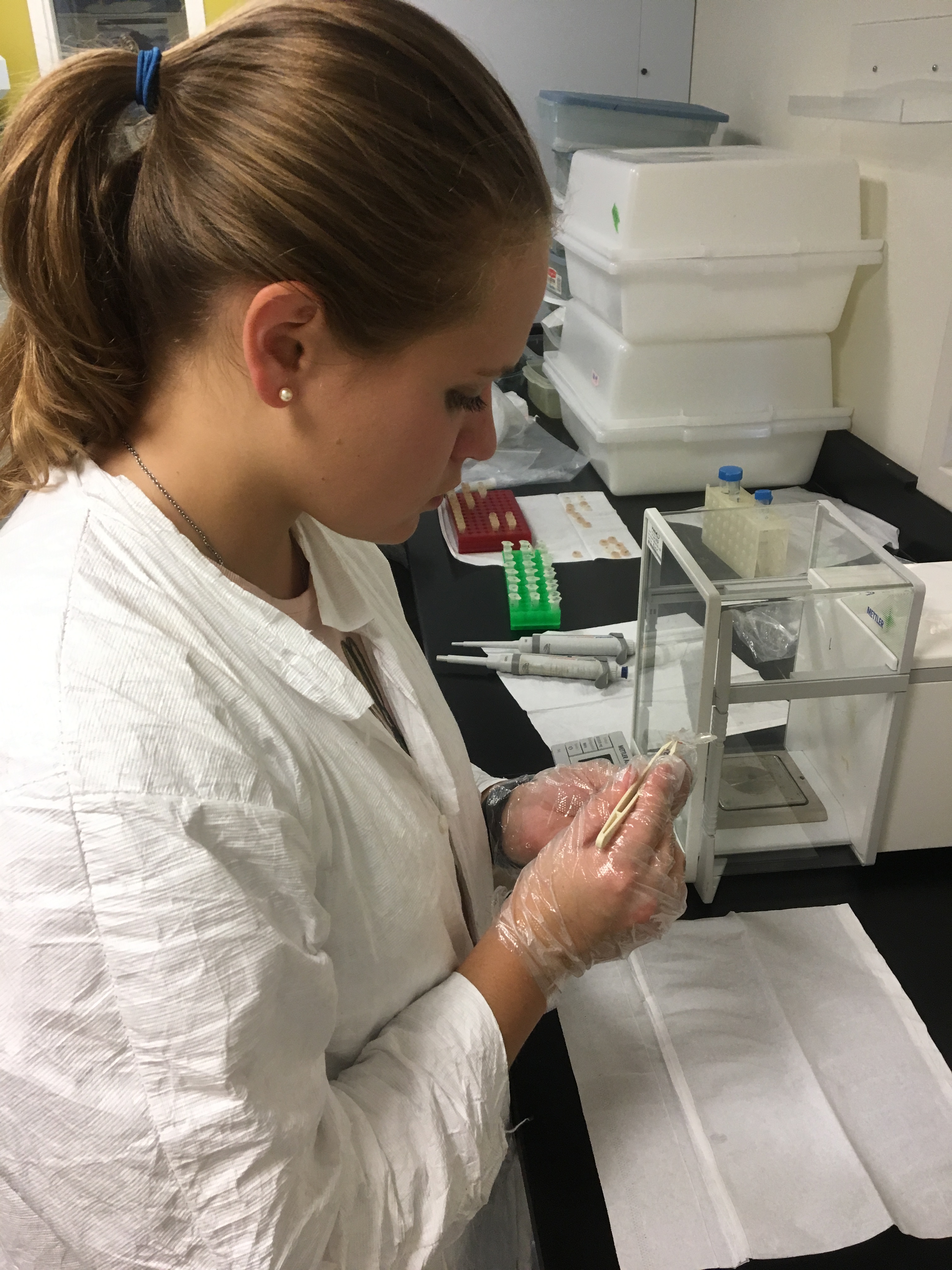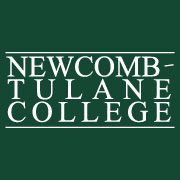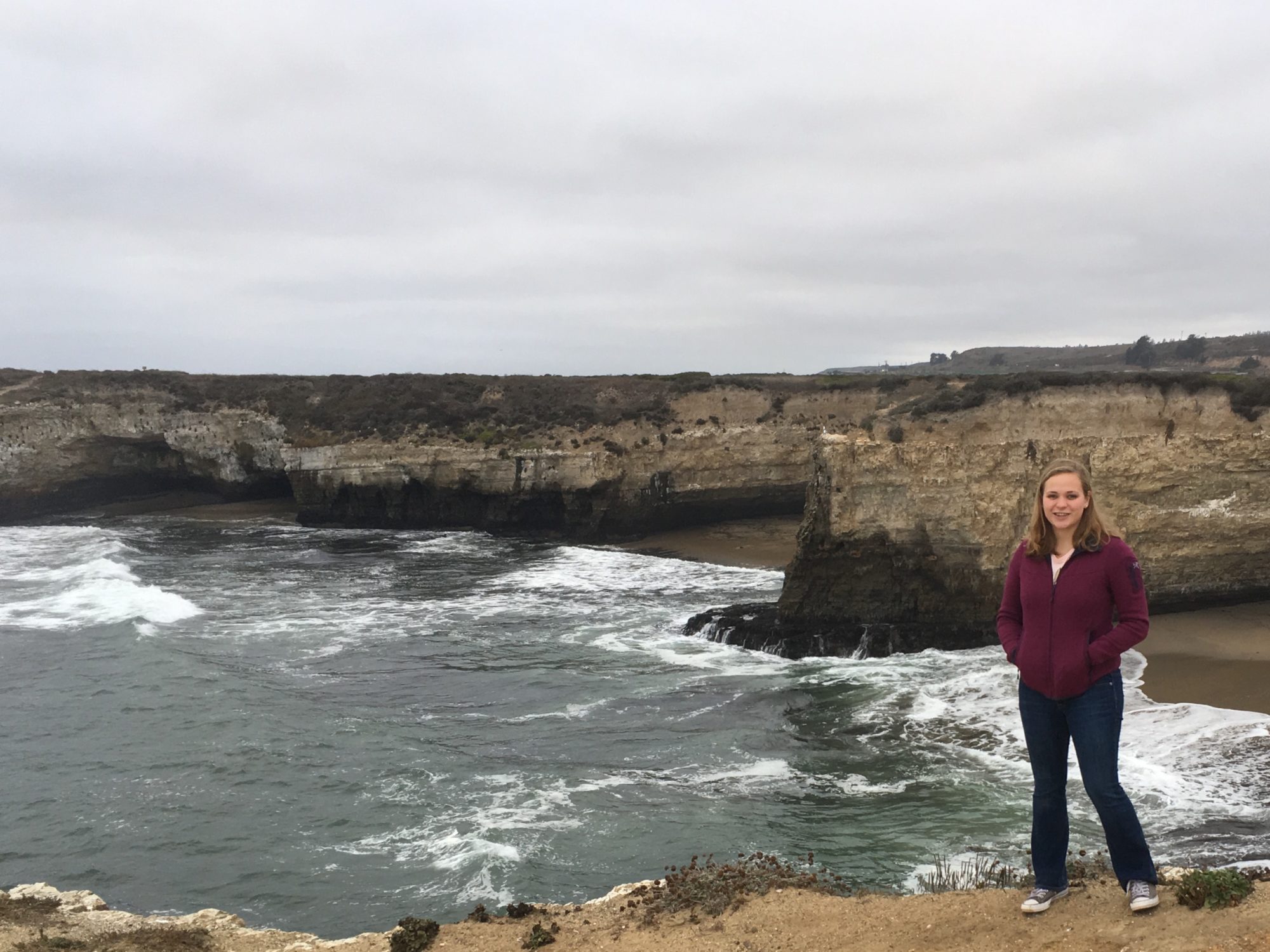My Honors Thesis, under the supervision of Dr. Jordan Karubian (Dept. of Ecology & Evolutionary Biology), addresses unsolved questions about how the potential behavioral, reproductive, and physiological impacts of lead exposure affect the reproductive success and extra-pair paternity rates of northern mockingbirds (Mimus polyglottos) in New Orleans. One key component of my thesis examines whether related mockingbirds (i.e., siblings in the same nest, and their parents) have correlated concentrations of lead in their bodies. The mechanism behind this proposed relationship lies in the fact that mockingbirds are exposed to lead through their diet, so related birds (presumably) should be obtaining food from the same sources and therefore have similar levels of lead in their blood and feathers. Since Tulane does not have the facilities to perform the analyses that would help me answer this question, my thesis advisor and I reached out to Dr. Myra Finkelstein, a collaborator with the Tulane mockingbird project, at the University of California, Santa Cruz.
Over Fall Break, I traveled to Santa Cruz for five days to work in Dr. Finkelstein’s lab to help with intake and cataloging of the mockingbird blood and feather samples I sent for analysis, learn about the operations and protocols of the lab, start the blood sample lead concentration analyses, and network with the scientists and students in the lab. Unfortunately, since the lead concentration analyses can take upwards of two weeks to complete from start to finish, I was not able to see the first round of samples all the way through the analysis protocol. However, this experience was still an invaluable learning opportunity that is helping me to more fully understand all of the work behind the data and numbers that I will be incorporating into my thesis, and likely publish.
One of the most eye-opening components of my time in Santa Cruz was the experience of working in the Clean Lab area. Since Dr. Finkelstein and her colleagues study metals and other contaminants that can be found in trace amounts in everyday life that could impact the metal concentrations and presences in the samples they study, the Clean Lab is an isolated room within the lab complex meant to be a sterile, metal-free environment for preparing samples for analysis. The Clean Lab has negative room pressure to prevent airborne metal contaminants from entering the room, and everyone must wear special lab coats and booties in order to keep contaminants on clothes and shoes from infiltrating the Clean Lab facility and contaminating samples. I had never worked in a Clean Lab setting before, so it was an eye-opening experience to learn about the nature of the Clean Lab and the special protocols for working in the area.
I was also able to give an informal presentation on my thesis project and brief time in Santa Cruz to Dr. Finkelstein and her colleagues in their weekly lab meeting, and they offered much useful feedback about ways to strengthen my project going forward. It was also very valuable to meet and network with Dr. Finkelstein’s colleagues, who work together in a highly collaborative way in their research, and observe how their lab operates, which was an important opportunity for me because much of my research career will likely also be highly collaborative in nature.
I was also able to spend a bit of time away from the lab to explore downtown Santa Cruz and check out local restaurants and shops. I also found some time to go hiking to see giant redwoods at Henry Cowell Redwoods State Park and the bluffs along the beach at Wilder Ranch State Park.
My research experience in Santa Cruz was made possible by a Dean’s Grant from Newcomb-Tulane College, which funded the airfare, hotel, and local transportation for the trip. I so greatly appreciate the support of NTC for this work, which not only strengthened my Honors Thesis research, but also allowed me to pursue a collaborative research experience and learn how to effectively collaborate with other scientists, which will be an invaluable skill for me to take into my post-graduate research career.
Written by Lauren Hitt, Dean’s Grant recipient, 2018

Photos: Header – On a break from the lab, Lauren checked out the seaside bluffs at Wilder Ranch State Park outside Santa Cruz. Above – Working with mockingbird blood samples in the clean lab facility at the University of California, Santa Cruz.

